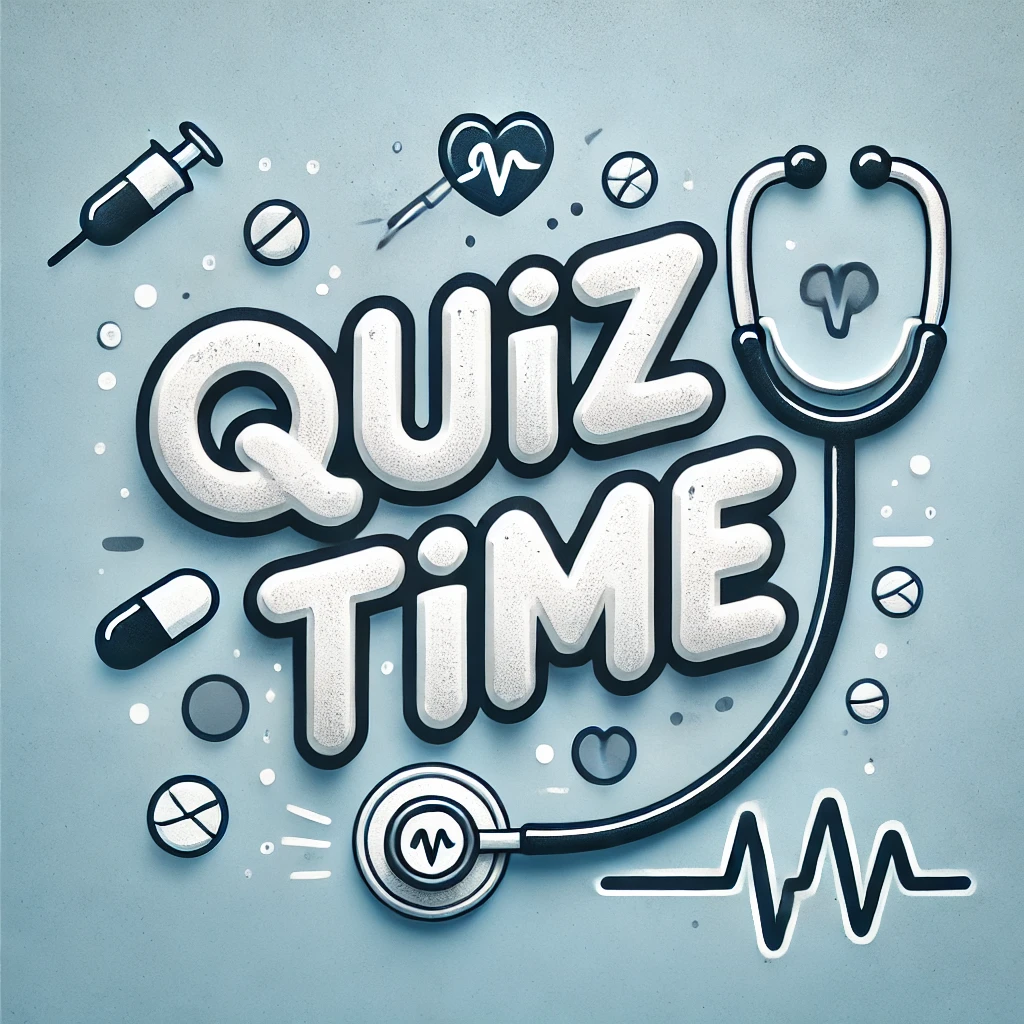Emergency Medicine Quiz - RLQ Abdominal Pain Case
EM board‑style case: 21‑year‑old male with sudden right‑lower‑quadrant (RLQ) abdominal pain. Pick the best answer, then review the explanation and high‑yield exam pearls for Emergency Medicine board prep.
A 21-year-old male is seen for the sudden onset of RLQ abdominal pain. His past medical history is notable for a right knee bleed after falling at age 1 and a blood transfusion for bleeding following a tonsillectomy at age 11.
His temperature is 36.8ºC, heart rate 110 bmp, blood pressure 105/46 mm/Hg, respiratory rate 20, and oxygen saturation 98% on room air. He is alert and in moderate pain. His HEENT, heart, lung, and neurologic exams are normal. His abdomen is soft without masses, with RLQ tenderness without rebound or guarding. There is no hepatosplenomegaly. His pain is exacerbated by active flexion of his right hip.
His WBC count is 5,300 per microliter. His hemoglobin is 11.4 g/dl with hematocrit 34%, and platelet count is 260,000 per microliter. His comprehensive metabolic panel is normal. His PT is 11.1 seconds and PTT is 95 seconds. Follow this link to the normal laboratory reference sheet.
A CT scan shows a hematoma in the right psoas muscle.
Statistically speaking, what is the most likely diagnosis?
- Congenital hemophilia A
- Acquired hemophilia A
- Factor XI deficiency
- Congenital hemophilia B
The correct answer is:
Congenital hemophilia A
Educational Objective:
Select the most likely hemophilia in an adult patient presenting with coagulopathy and bleeding into a muscle.
Key Point:
The presence of bleeding since early childhood and bleeding into muscles and joints in combination with a prolonged PTT suggests a congenital disorder of the clotting cascade. Except in certain Ashkenazi Jewish populations, hemophilia A is by far the most common of the congenital clotting cascade disorders.
Explanation:
Congenital clotting factor disorders that prolong the PTT include:
- hemophilia A (factor VIII deficiency – notice alliteration of “8” and “A”, most common disorder),
- hemophilia B (factor IX deficiency, also known as Christmas disease, rare disorder), and
- factor XI deficiency (very rare disorder).
One-third of cases of hemophilia present with no family history due to new mutations.
A succinct review of Hemophilia A medical facts can be found here.
A succinct review of Hemophilia B medical facts can be found here.
References:
Dupré AA. Disorders of Hemostasis. (Chapter 114) In: Walls R, et al. Rosen’s Emergency Medicine: Concepts and Clinical Practice. 9th ed., 2018: 1485-1496.e2)
Hunt BJ. Bleeding and coagulopathies in critical care. N Engl J Med. 2014;370(9):847-59.
Crookston K, et al. Coagulation. Hereditary bleeding disorders Factor VIII Deficiency (Hemophilia A) (Updated September 17,2020) (Accessed July 8, 2021)
Crookston K, et al. Coagulation. Hereditary bleeding disorders Factor IX Deficiency (Hemophilia B) (Updated September 28,2020) (Accessed July 8, 2021)
Bolton-Maggs, PHB and Pasi KJ, Haemophilias A and B, Lancet. 2003; 361:1801-9.
This question appears in Med-Challenger Emergency Nurse Practitioner Exam Review with CME
Try for free and save. Ace your exams and meet your CME/MOC requirements for just $19 a month!





.png)
.png)